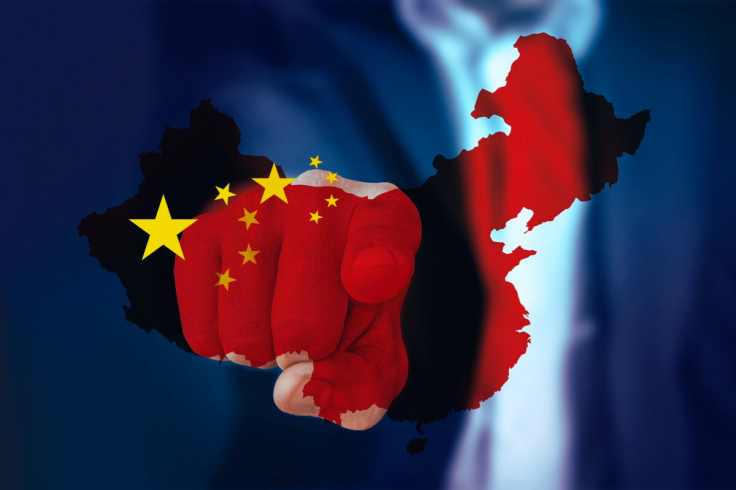What Are China Rare Earth Minerals? What Are They Used For And Do The Chinese Have Monopoly?
Why These Minerals Matter to You

Rare earth minerals, a group of 17 metallic elements, are the unsung heroes behind many modern technologies, from smartphones to fighter jets. China's grip on their production has sparked global concern, raising questions about supply chains and geopolitical leverage.
On 29 January 2025, Polytechnique Insights highlighted China's dominance, noting its 69% share of global rare earth production in the 2023 Polytechnique Insights. Let's unpack what these minerals are, their uses, and whether China's control is as ironclad as it seems.
What Are Rare Earth Minerals?
Rare earths include elements like neodymium, dysprosium, cerium, and lanthanum, plus 13 others, known for their unique physicochemical properties. Despite their name, they're not particularly scarce—some are more abundant than gold—but extracting and refining them is complex and costly.
They're often found mixed in ores, requiring intricate separation processes. China's edge lies not just in mining but in mastering these downstream stages, processing raw ores into usable forms.
For instance, an American F-35 fighter jet contains over 400 kg of materials with at least one rare earth, showcasing their critical role.
What Are They Used For?
Rare earths are indispensable across civilian and military applications. Cerium and lanthanum, the most abundant, serve as catalysts in catalytic converters and oil refining, though demand for these is waning with the shift from combustion engines.
Meanwhile, 'voltage' rare earths—neodymium, dysprosium, terbium, and praseodymium—are surging in demand. They're key to neodymium-iron-boron magnets, the strongest available, powering electric vehicle motors, wind turbines (using 80–200 kg/MW), and robotics. Gadolinium enhances MRI scans, lutetium aids PET imaging, and yttrium boosts superconductors.
In defence, rare earths underpin laser guidance, missile systems, and drones. Posts on X reflect public worry: 'China controls 75% of rare earth production,' one user noted, highlighting their role in semiconductors and medical tech. Without these elements, high-tech industries would stall.
Does China Have a Monopoly?
China's dominance is formidable but not absolute. In 2023, it produced 69% of global rare earths, dwarfing the United States (12%), Burma (11%), and Australia (5%). More critically, it controls 85–90% of global refining, processing ores even from foreign mines Goldman Sachs.
This chokehold stems from decades of investment, lax environmental rules, and subsidies, as Deng Xiaoping foresaw in 1992: 'The Middle East has oil, China has rare earths.' A 2010 embargo on Japan underscored China's willingness to flex this muscle, spiking prices and rattling markets.
What's Next?
It can't be ignored, cracks do exist. Australia's Lynas and US-based MP Materials are ramping up, with Lynas processing in Malaysia and Texas. Recycling initiatives, like those at Ecole Polytechnique, aim to recover rare earths from e-waste, reducing reliance on mining.
Still, China's 25,000+ patents on rare earth tech far outpace the US's 10,000, cementing its lead in innovation NDTV World. While not a true monopoly—other nations have reserves—China's processing prowess and market control give it unmatched influence. Diversifying supply chains will take years, not months, as Western firms grapple with expertise gaps and environmental hurdles.
Trade War Advantage
China's overwhelming control of the rare earths market has provided it with a strategic advantage amid trade tensions, particularly in response to the steep tariff increases introduced during Donald Trump's presidency and potentially revived under a future administration. With 69% of global rare earth production and up to 90% of refining capacity as of 2023, China's dominance allows its industries to absorb the impact of rising tariffs with relative ease.
This stronghold across both extraction and processing underpins the confidence of Chinese manufacturers in withstanding external economic pressure. As rare earth elements remain critical to global supply chains—from electric vehicle motors to missile guidance systems—Western nations find themselves constrained in applying tariffs without risking disruption to their own high-tech industries.
For now, China holds the reins, but global efforts to loosen its grip are gaining steam. The question is whether they'll move fast enough to secure the tech-driven future.
Originally published on IBTimes UK





















